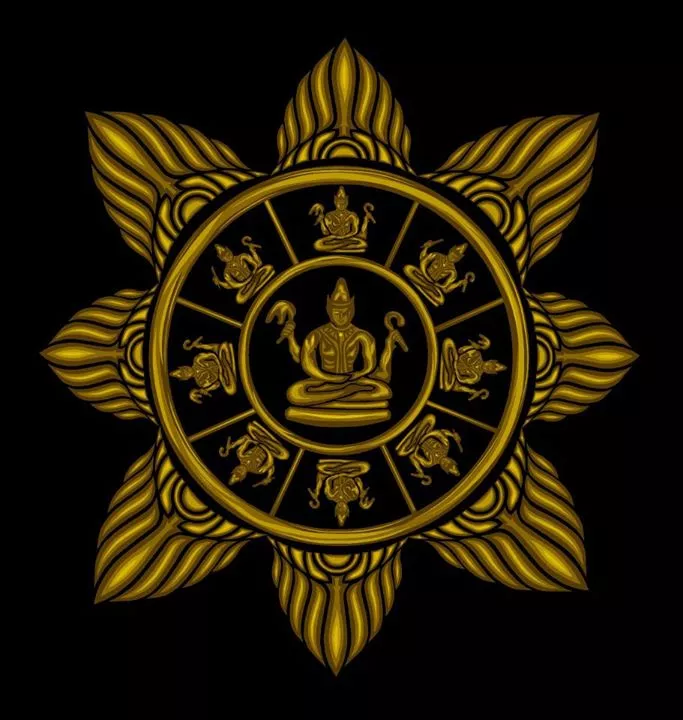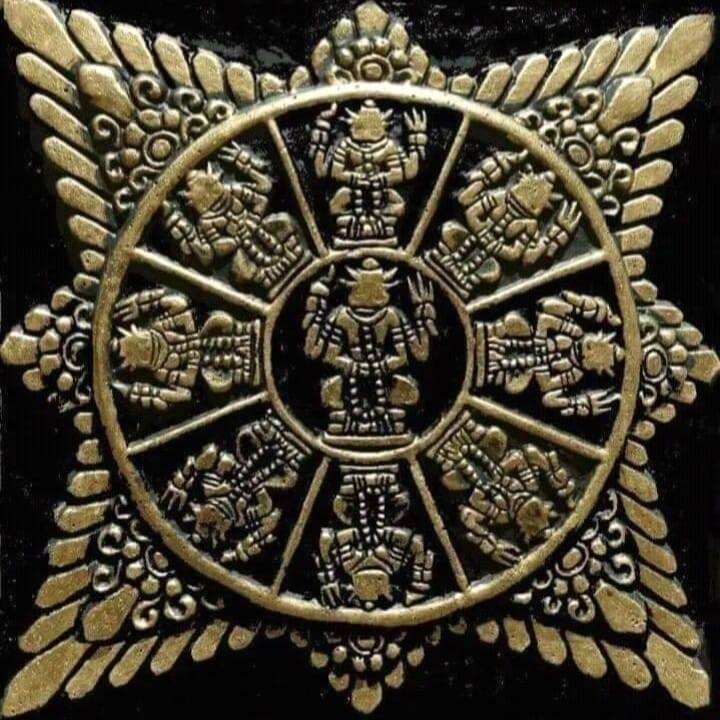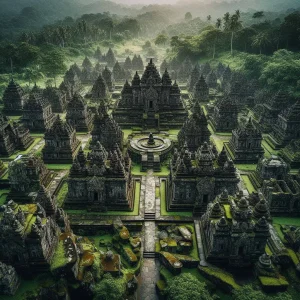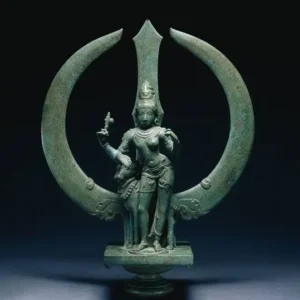- Lit., ‘the whirling cross’. A symbol of centerdness, righteousness and auspiciousness.
- 1) A symbol of the Sun, describing through its graphics the central role of the Sun, around which everything orbits. Its most auspicious sense is counter-clockwise or Yang. As such, it is a symbol closely related to Maṇipūra cakra.
- 2) It is also supposed to represent the four corners of the world, as well as the four elements of the Metaphysics (Earth, Water, Fire, Air) and their meeting point in the common centre as the fifth element (akas̒a, the Ether), as symbol of consciousness and spirituality.
- 3) It is also a symbol of the Pole, the universe orbiting around it, known to ancient Hindu-s as the North Star (Pole Star). Here the svastika is related to ideas of initiation and spiritual learning (which always come from the North in Vedic imagery), order of the universe, righteousness and religion (Dharma), with the seven Ṛṣi-s who founded the Vedic religion.
- 4) Because of its association with the Pole and initiation, the whirling cross is also related to Shambhala, the spiritual center of our planet, and with the inspiration irradiating therefrom.




